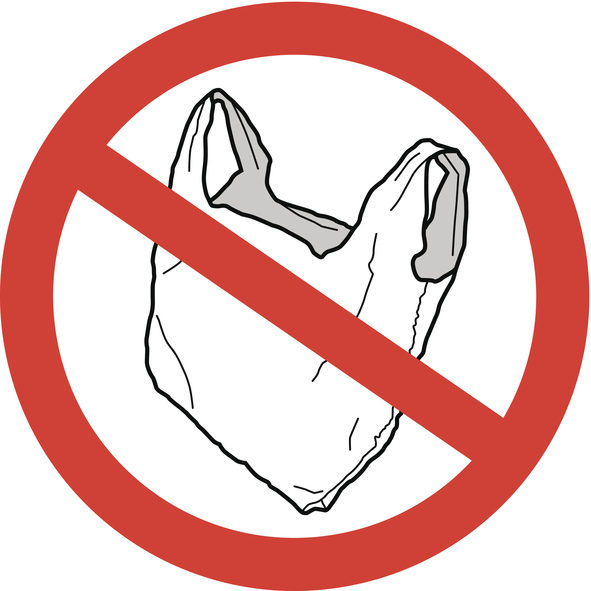Answering the 4 Most Pressing Questions About Plastic Bag Bans

Plastic Bag Bans Are Appearing All Over the Map. Find out the Answers to Some of the Most Common Questions
Cities, states, and countries are banning or taxing plastic bags at an increased rate and sometimes the viability of these bans is put into question. In the grand scheme of things, plastic shopping bags aren’t new, but they do offer convenience to consumers. Still, convenience is not enough of a reason to continue their use, especially when excellent, eco-friendly alternatives exist.
According to the New York Times, plastic shopping bags were introduced in 1977, and they have had a grip on the environment ever since. Communities and consumers are growing wise to the harm that plastic bags can cause and are turning to reusable options. We have pinpointed 4 of the most pressing questions about plastic bag bans, and answer them below.
-
Where Are Plastic Bags Already Banned?
Plastic bag bans are covering the country and our planet. In 2007, San Francisco got the ball rolling and became the first American city to pass a plastic bag ban. Then, less than a decade later, in a groundbreaking act of legislation in the 2016 election, California voters approved America’s first statewide plastic bag ban. Other notable cities with plastic bag bans are Austin, Chicago, Los Angeles, Minneapolis, and Seattle.
On a global scale, plastic bag bans have swept through countries such as Italy, Brazil, and China. For an expanded look at the current state of plastic bag bans, check out our plastic bag ban map.
-
Are Plastic Bag Bans Making a Difference?
Plastic isn’t biodegradable. The end of its journey leads to a lifetime in landfills, or as litter on land or in bodies of water. Because plastic never truly decomposes, it makes sense for there to be a global initiative that strives to remove all types of plastic products from circulation.
It has been an ongoing battle, but early returns are promising. San Jose banned plastic bags in 2012, and a 2016 study found a 76 percent reduction in plastic bags found in creeks and rivers, as well as a 69 percent reduction in plastic bags in storm drain inlets.
-
What Makes Reusable Bags a Viable Alternative?
Reusable bags are made of materials that are environmentally friendly and easier to dispose of than their plastic counterparts. Reusable bags are created with the intention of reducing environmental impacts both during production and disposal.
There isn’t an alternative to plastic bags that can be considered totally free of environmental impact. Instead, we look to more efficient options that will limit the impact while conserving natural resources.
-
Will Plastic Bag Bans Increase or Decrease the Use of Other Plastic Products?
A potential drawback of plastic bag bans is that the bags have a variety of other uses. The versatility that they provide can keep larger, more harmful plastic products out of circulation. For example, plastic shopping bags are a favorite trash bag substitute for smaller trash cans.
A ban on plastic shopping bags could lead to a higher reliance on thicker, larger trash bags that only compound the negative effects. They take more natural resources to produce and can be more harmful to the environment.
The Bottom Line
In just ten years, plastic bag bans have taken the U.S. by storm. We’re excited about the impact they have made and look forward to seeing how these bans will grow in the years to come. Going forward, a focus on producing eco-friendly products will lead to a greener planet. Single-use plastic, as a material, is the real perpetrator and we are in need of alternatives across the board.
Tagged






Say no to plastic
We should not use any type of plastic
this is the reason why we should ban plastic bags However, the
convenience of these plastic bags come at a very high cost to the environment and negatively affect In the U.S., 380 billion plastic bags and wraps are used every year, requiring 12 million barrels of oil to create, according to the Environmental Protection Agency. Low-density polyethylene, the material from which plastic bags are made, is produced from crude oil or natural gas, making the petroleum-based plastic bags non-biodegradable. The total amount of energy required to drive a car for one kilometer or 0.5 miles is the equivalent energy required to produce nine plastic bags. It is not rational that these non-renewable are used to make plastic bags when the typical useful life of each and every plastic bag is around 12 minutes.